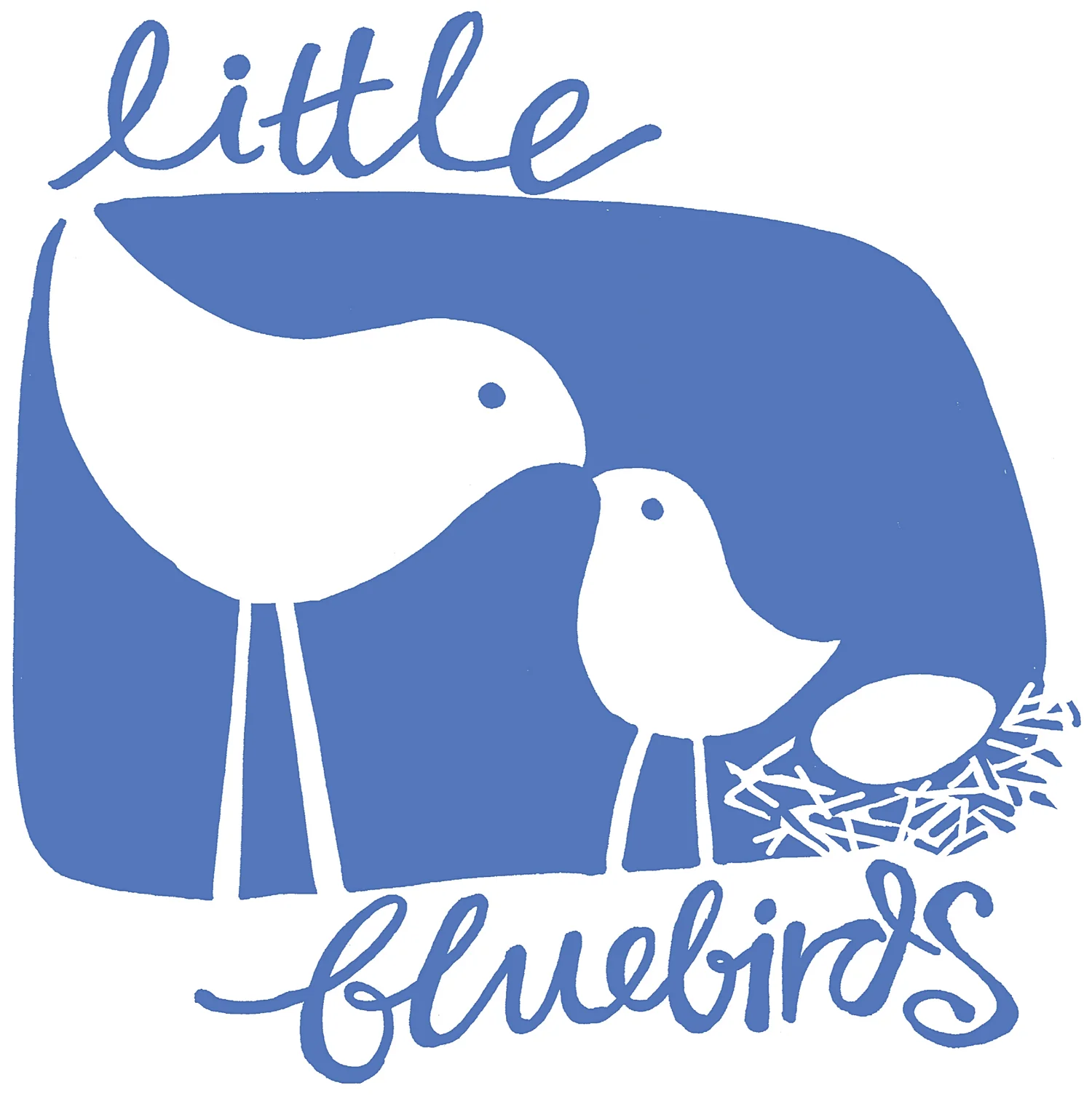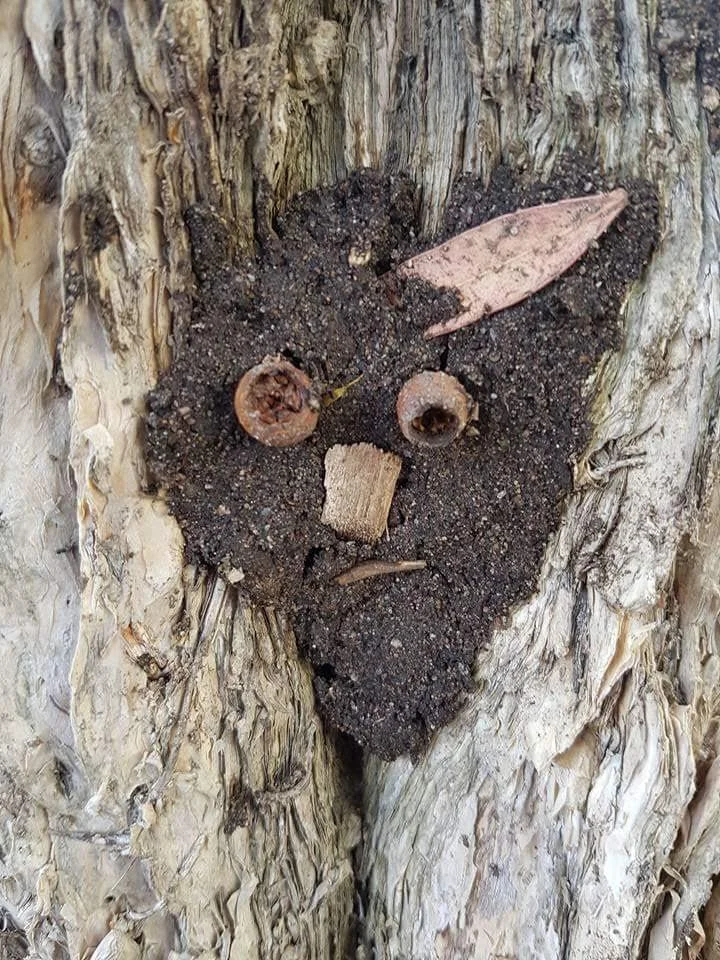Finding the right angle for a little artist
“Every child is an artist. The problem is how to remain an artist once we grow up.”
Pablo Picasso
All artists, even very young ones, work differently. I was recently asked whether I thought it was better for children to paint and draw standing up at easels or sitting down at tables and the question got me thinking. Preschool facilities, creches and kindergartens, always seem to provide easels, whereas school classrooms are full of table tops. Hmmmm?
Working on a vertical surface is quite a different experience to working on a table, and brings quite a different perspective to what an artist sees, and a different relationship to the materials an artist uses. Ideally children should be offered a whole range of surfaces, both horizontal and vertical (and probably lots in between too) - here’s why:
Working on a vertical surface
- Working on an upright surface requires a child to use a specific wrist position and grip to make marks. It changes the young artists relationship to the page, and makes terms such as ‘up’ and ‘down’, or ‘top’ and ‘bottom’ make sense in relation to their bodies.
- Working on a vertical surface brings a task closer to the child’s eyes which enables them to have a closer view of what they are doing. When setting up a vertical work surface a good rule of thumb is to position it so that the child’s eye level is one third from the top of the page.
- A sturdy, solid easel can provide a great space for children to make their marks, but the key words are indeed sturdy and solid. If you decide to invest in an easel you must make sure it is worth buying - if it's light, flimsy, and wobbles around under pressure don't bother. Drawing and painting can be exuberant pursuits, and you definitely don't want your easel crashing down to the floor. The best easels will have a crossbar to keep them open and prevent them closing up while in use, and a practical shelf for holding materials and paint pots right where the artist needs them.
- Never let your child fold or unfold their easel as it can be a dangerous undertaking for little fingers - those hinges can pinch... ouch!
- Be aware of the viscosity or 'runnyness' of the paint you offer as a vertical painting may drip and dribble! Just pop something on the floor to catch the drops, like newspaper or an old towel.
- And remember you don’t have to own an easel to make a perfectly functional vertical work surface – there's nothing wrong with simply taping or blutaking a sheet of paper to the wall.
Working on a horizontal surface
- Sometimes an activity is better suited to a flat surface. Working flat can have the advantage of slowing down an art activity, and enabling the project to be worked on over a period of time.
- Working on a flat surface allows for a whole array of art materials to be ready at hand without the risk of them rolling away. Offer crayons, pencils, paint and glue on a tray so children can enjoy choosing colours. A horizontal surface may also be better suited for very runny or watery paints, and means artwork can easily be left to safely dry flat.
- If a child struggles to reach across a large sheet of paper on a flat surface, simply move or rotate it from time to time to make all areas accessible.
- It’s lovely to have a small table set aside as a kid’s craft table – we had one set beside a window in the kitchen, and it was the very favourite place for my little ones to stay occupied while we grownups attended to kitchen chores. Keeping your child’s art space in the living area means you can keep an eye on where and how art materials are being used. Just offer the kitchen table or kitchen bench if that's all you have.
Working on the go
- A clipboard makes a perfect surface for a busy little artist on a car trip. Clip on some sheets of paper and offer some pencils - you can even attach a pencil with a short string to stop it rolling onto the floor.
- Stash a big piece of firm cardboard or plywood behind a bookshelf or under the couch, and whenever the kids feel like drawing pull it out and drop a few sheets of paper on top. Though it may not always be ideal for painting the floor has lots of advantages as a relaxing art space. Drag the board outside on a fine days - there’s nothing nicer than lying around drawing together under a shady tree. Ahhh, roll on springtime...





